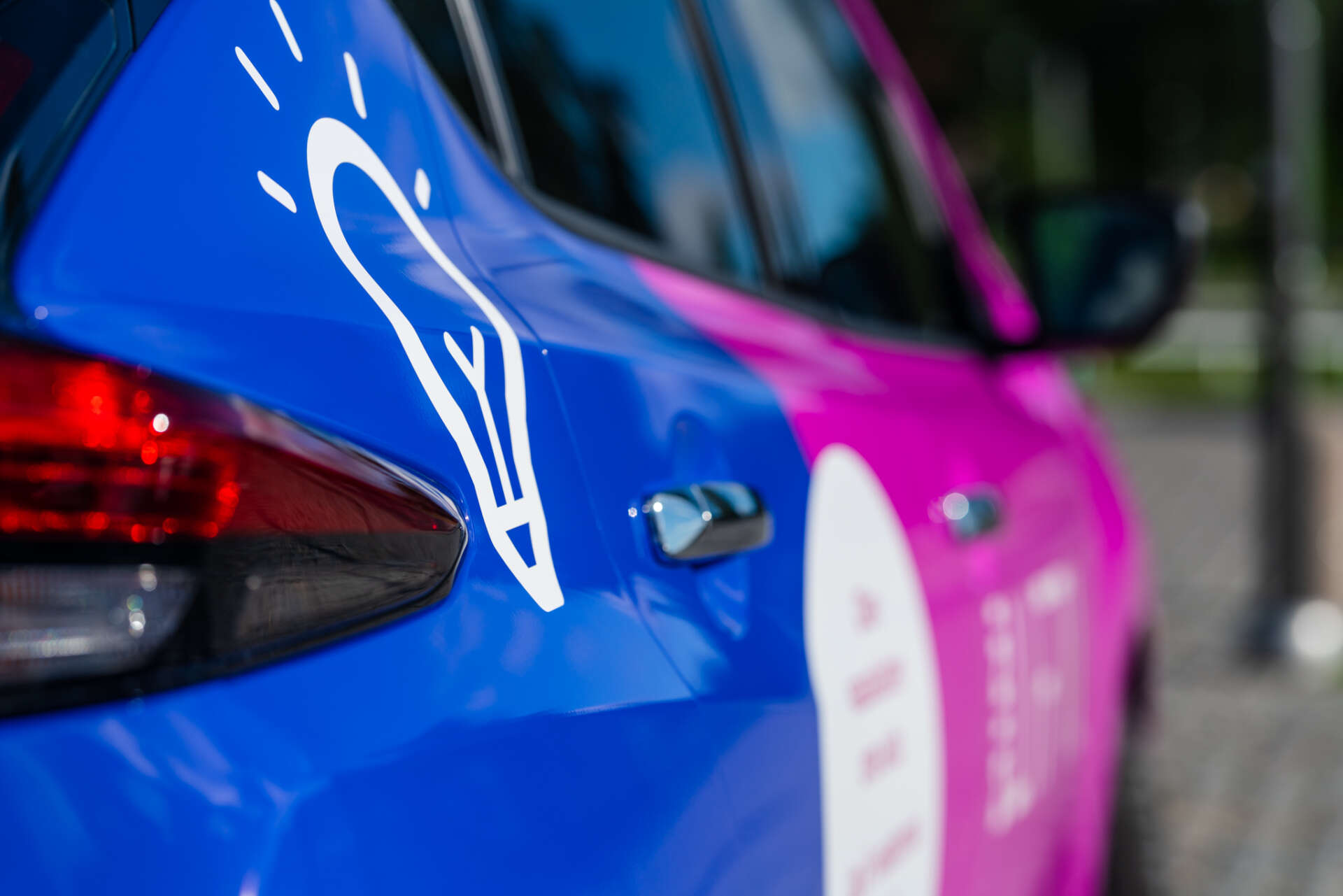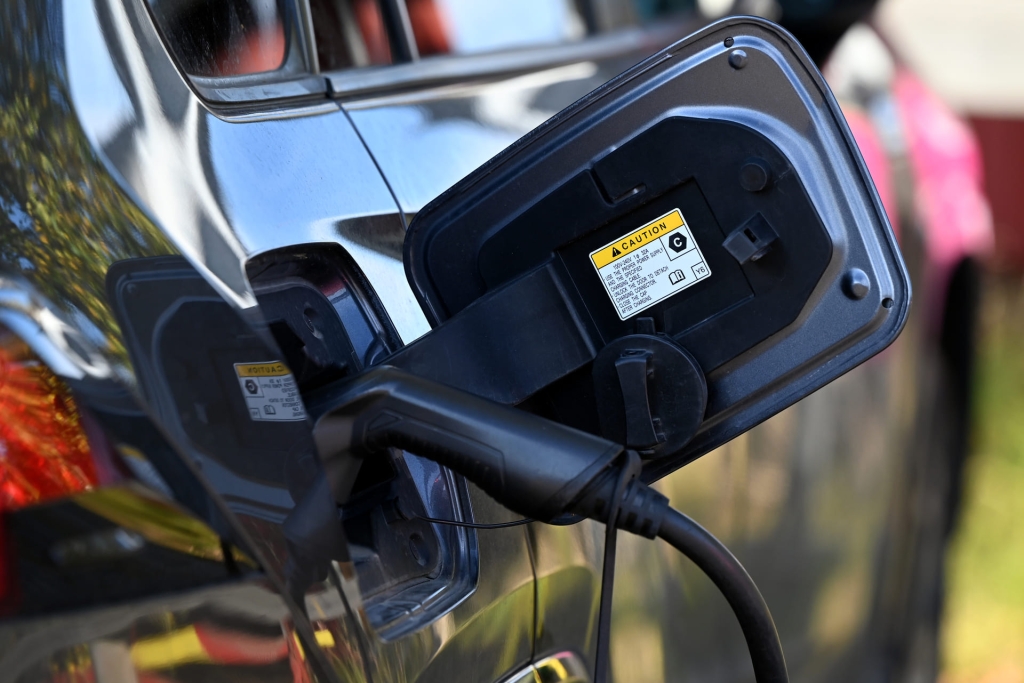The cost of electric driving – how much does it cost to charge?
Charging options form the foundation of electric driving. Charging at home is usually much cheaper than at public charging points. The price of spot-priced electricity fluctuates, and charging at night is often cheaper. Smart chargers are also available, which can schedule charging for the cheapest hours. Many EV owners find it convenient to charge their car overnight, so the battery is full by the morning.
For example, charging at a high-power charger costs over 35 cents per kilowatt hour, whereas a 50 kWh home charge with sport-priced electricity costs around €7.50 (plus a transmission fee). The difference for the same amount of energy can be as much as €10.
Charging an EV at home and in a housing company
If you live in a detached house, charging an EV is usually straightforward. You can get your own charger for a few hundred euros, making charging your car easy. In apartment buildings, a shared charger is usually required to measure electricity usage and allow for individual billing.
Charging time varies depending on the power of the charging station. A high-power charger can fully charge an empty battery in about an hour, whereas a 22 kW charger takes several hours. Charging the battery at a home charging station usually takes 6–8 hours.
It is, however, important to ensure that your home charger is correctly rated for your car. Charging an EV car puts a load on your home’s electrical system, and an incorrectly rated charger can cause overloading or blow a fuse. A properly planned and installed charging solution ensures safe and smooth electric driving.





